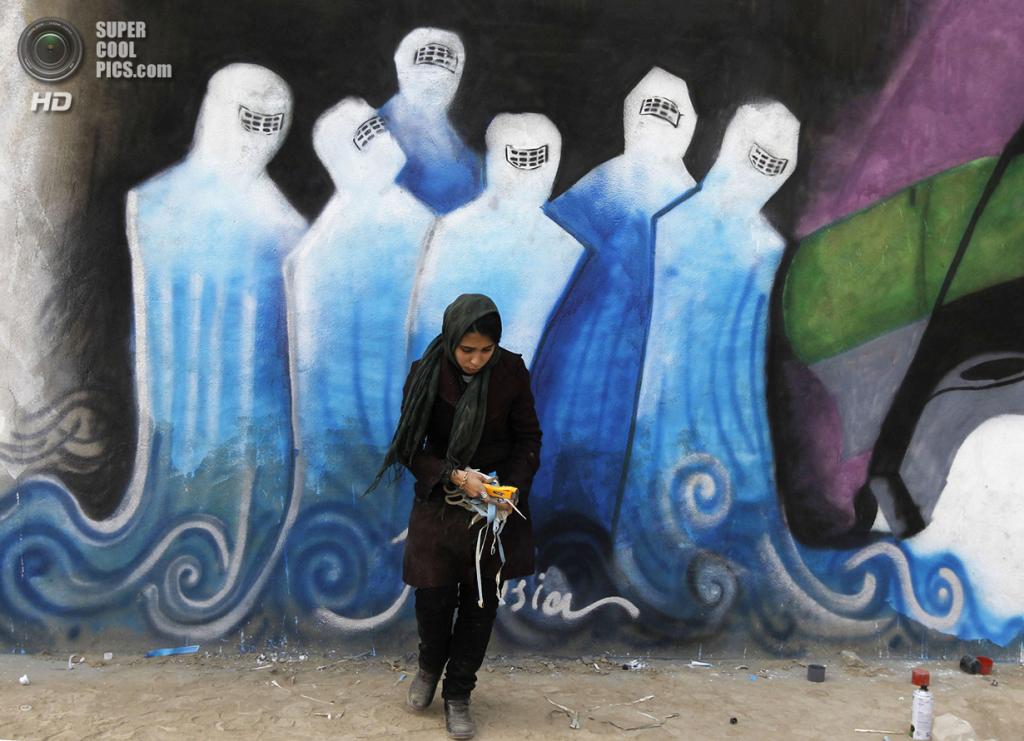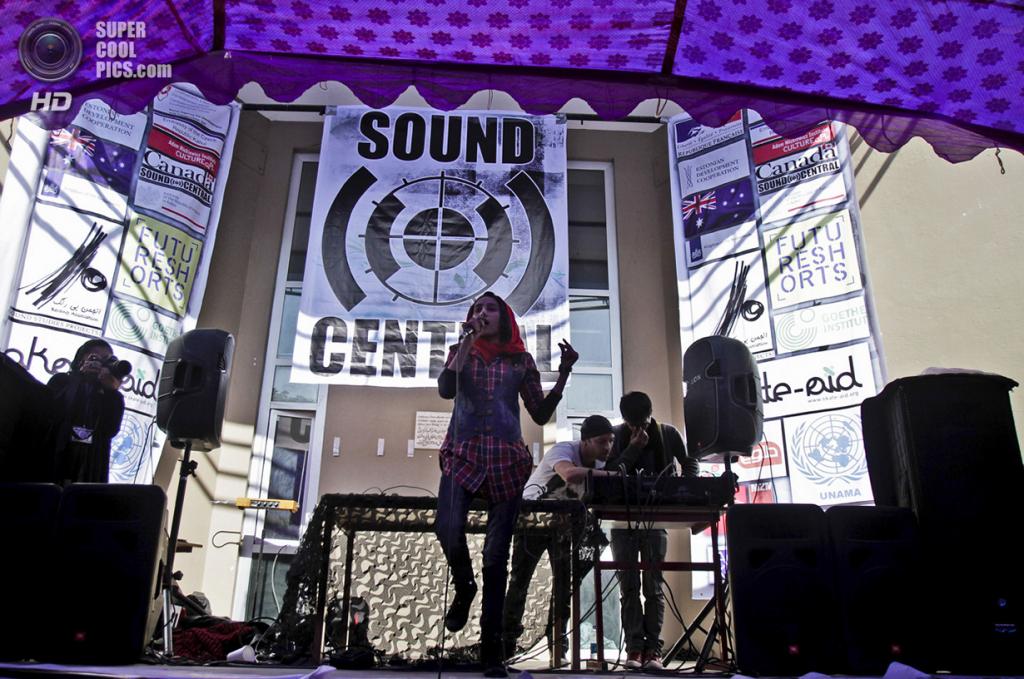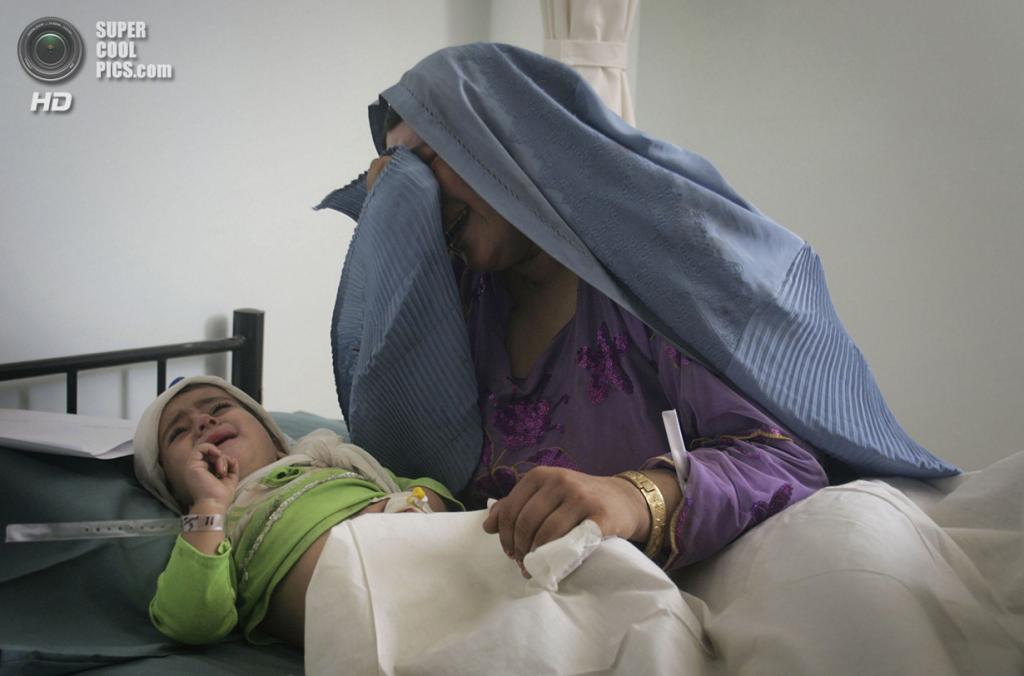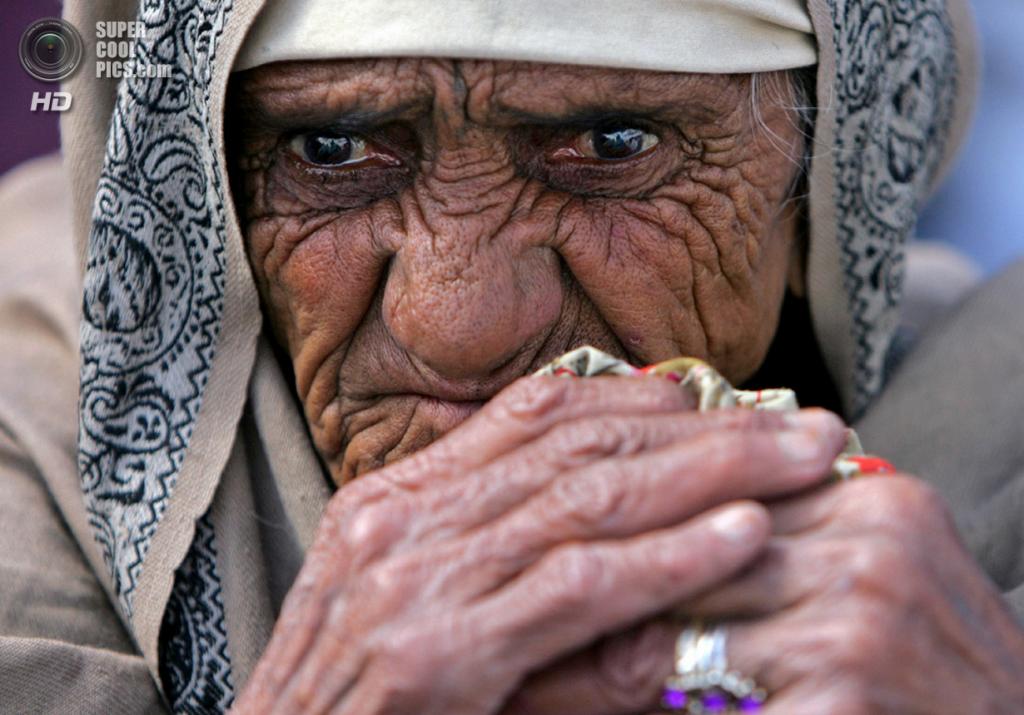Afghanistan has once again been labelled one of the worst places in the world to be a mother. According to UNICEF, a woman dies every two hours due to complications during pregnancy in Afghanistan. The main causes of maternal deaths are hemorrhaging, eclampsia and prolonged or obstructed labor, which are all preventable with effective and efficient treatment. Progress has been made, but, with Afghanistan at the bottom of global health rankings, the sustainable improvement of maternal well-being remains a serious and complex challenge in Afghanistan.
The provision and delivery of basic health services has been essential to ensure the general health and well-being of pregnant women and mothers. The Afghanistan Ministry of Public Health (MOPH) created the Basic Package of Health Services to promote equity in primary care services, especially in rural areas. The package promotes good health practices through immunization and the supply of prenatal supplements like folic acid and iron.
The MOPH has additionally set up the Rural Expansion of Afghanistan's Community-Based Healthcare (REACH) program to rectify the shortage of skilled care workers and insufficient health facilities. Together these programs resulted in an impressive rise in the population's access to basic health services (measured as a maximum two hours walk to a facility) from nine percent in 2001 to almost 85 percent today. However, Stewart Britten of Healthprom notes that community health workers are not sufficiently trained to serve as birth attendants or deliver maternal health care.
The success story here is one that has been supported and financially backed by USAID, the European Union and the World Bank. They are contracted by the MOPH to implement its policies and partner with organizations including Jhpiego, Save the Children and Futures Group International to fulfill its goals. These policies are now being implemented by Afghan NGOs.
Three core programs have been created. The Health Services Support Project has helped train thousands of midwives each year. The Community Midwife Education Program trains community midwives for deployment in rural areas to ensure the delivery of clinic-based reproductive healthcare. Maternity Waiting Homes admit pregnant women within four weeks of their expected due dates. In this program, expectant mothers are counseled on warning signs during pregnancy as well as the importance of breastfeeding, hygiene, immunization and family planning. Being staffed by female community midwives has helped build greater reception and utilization of this service.
There has also been a push to train girls in rural areas to become Skilled Birth Attendants. This helps with the continuation of care and referrals to health centers when midwives are not present in particular localities. So far, results have indicated gains in preventing postpartum hemorrhaging and the delivery of postpartum family planning services.
Despite such progress, uptake of care remains significantly low, especially in rural areas, given that a majority of births take place at home without a trained caretaker or birth attendant. While the MOPH has made progress in setting up institutions, programs and services, much more progress is needed. Priorities remain, including promoting greater usage of maternal services, the presence of community midwives in rural areas and improving the quality of care in provincial hospitals. New technology should be sufficiently taught to midwives and birth attendants to help administer timely and effective treatment.
The challenges faced in Afghanistan's maternal health discourse are tied irrevocably to the principle of gender equality in health care. Seeing women's health care as a human rights issue ensures that governments are accountable for their legal commitments to provide and ensure access to reproductive health services without discrimination or prejudice. The Afghan government has ratified the Convention on the Elimination of All forms of Discrimination Against Women (CEDAW) and the National Action Plan for the Women of Afghanistan and is legally committed to protecting and promoting women's rights.
The Afghan Midwives Association is a platform for community midwives to lobby for policy change towards health care needs tailored towards the best interests of women. Integrating gender equity into health services also requires addressing violence against women. CBM's have encouraged male heads of families to take a more active role in the health of their families. Additionally, collaboration between religious leaders, politicians and health officials is essential for disseminating accurate health information while simultaneously addressing the cultural and religious misconceptions around healthcare. Men of all sections of society will continue to be vital in creating safer environments for mothers in Afghanistan.
Despite these improvements in maternal health care, Christopher Stokes, Medecin Sans Frontier's general director, argues for a "reality check" from the international community on Afghanistan's health system, particularly as investment in the last decade has been towards political and security objectives as opposed to the daily needs of Afghans. Women residing in the rural and remote areas of Afghanistan continue to suffer preventable complications and high death rates as a result of inaccessible facilities, unskilled staff and limited provision of services.
So far, progress has been dependent on extensive foreign investment. As such, the withdrawal of foreign forces within the year and cuts to international investment in Afghanistan threaten the sustainability of improvements made in the past decade. In addition, high corruption in Afghanistan and pressure to meet targets on reducing maternal deaths has raised questions about the credibility of the latest statistics published by the Afghan Mortality Survey 2010. The survey reported that there were 327 deaths per 100,000 live births per year. These statistics would mean a dramatic drop from 1,600 deaths per 100,000 live births in 2001, and it would fulfill the obligations of the Millennium Goal five years early. This has been argued as simply too unrealistic. If these statistics are inflated, there is a concern that focus and incentive to prioritize issues on maternal mortality will be reduced, doing little to help Afghan women and girls.
The fact that more women are surviving childbirth is a testament to the headway made by community midwives. Afghanistan has proposed to increase their numbers and ensure that at least 80 percent of women have access to emergency obstetric care by 2020. The coming year for Afghanistan will be crucial to realizing such ambitious goals. The international community must remain committed to providing financial investment for integrated and sustainable maternal care development. While gains remain fragile, women and men have demonstrated a clear voice for change during the elections this month. All women have the basic human right to survive childbirth and experience a future as a mother. There is no greater time to make good on these promises in Afghanistan.









